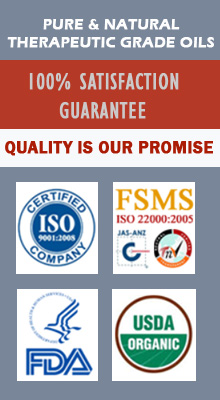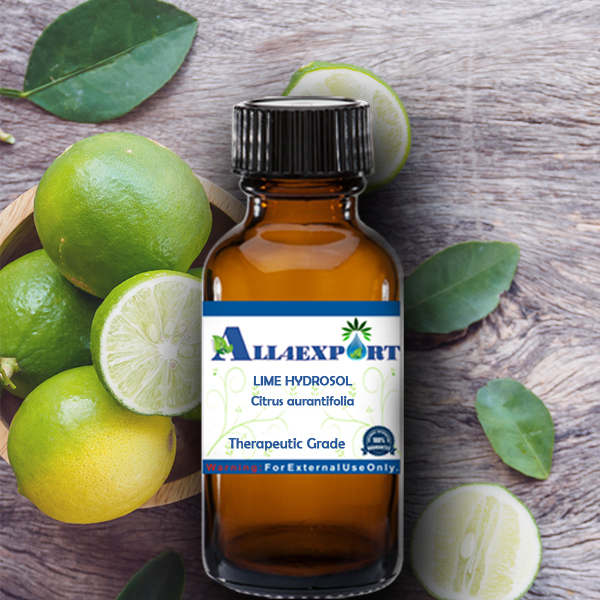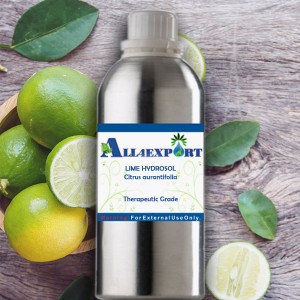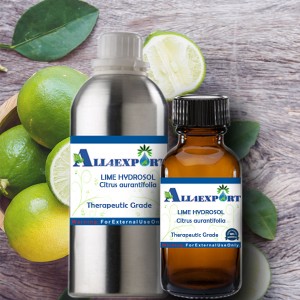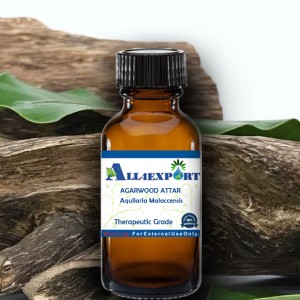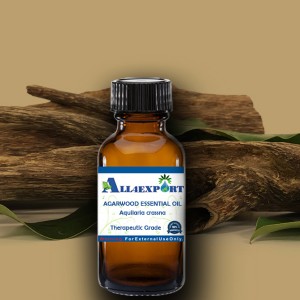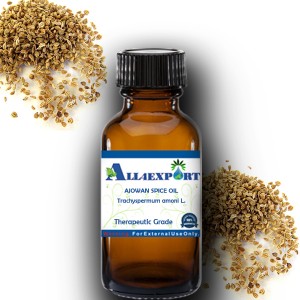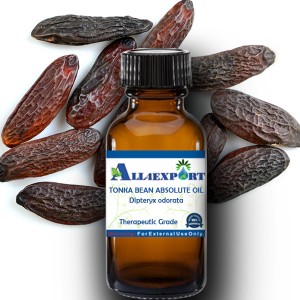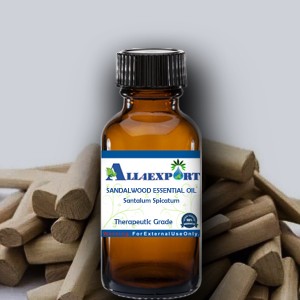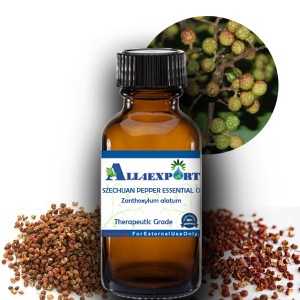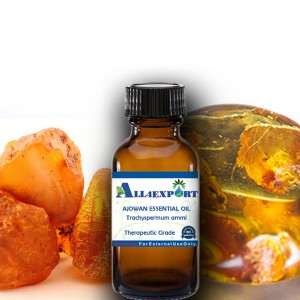| LIME HYDROSOL |
Botanical Name | : | Citrus aurantifolia | Country of Origin | : | India | Solubility | : | Soluble in water | Specific Gravity | : | 1.02 | Optical Rotation | : | 19°C: -6°40 | Refrective Index | : | 1.40 – 1.550 @ 20°C | Plant Part | : | Fruit | Blend With | : | Citronella, lavandin, rosemary, lavender, clary sage, lemon, neroli, ylang ylang | CAS No | : | N/A | Flash Point | : | 200°F | Extraction Method | : | Hydro Distillation |
|
Description : Lime is distilled to extract the hydrosol from the plant. It is distilled from fresh limes, this zesty and energizing hydrosol is sweet and versatile. It finds wide applications in pharmaceutical and cosmetic industry.
|
Constituents : Limonene (40 to 60%), citral (4 to 8%), ?-terpinene, ß-pinene |
Uses : Lime oil finds application in aromatherapy and acts as a equalizing, refreshing and cheering vector for human sould. Used in place of water with lotion and cream formulations or with clay-based facial masks.
|
Benefit : Lime hydrosol is notably helpful for those with oily skin or occasional blemishes, as it has astringent action that can help to balance skin. |
Caution Note: Do not take hydrosols internally without consultation from a qualified aromatherapy practitioner.conduct a skin patch test when trying a hydrosol for the first time. If you are pregnant, epileptic, have liver damage, have cancer, or have any other medical problem, discuss with a qualified aromatherapy practitioner.
All of the information and opinions that are provided on this web site are for informational and educational purposes only. This information is not intended to replace medical advice given by a medical practitioner. Anyone considering alternative therapies should consult with their medical professional before using an alternative method of healing. We do not give nor is any opinion on our web site medical advice.
|






